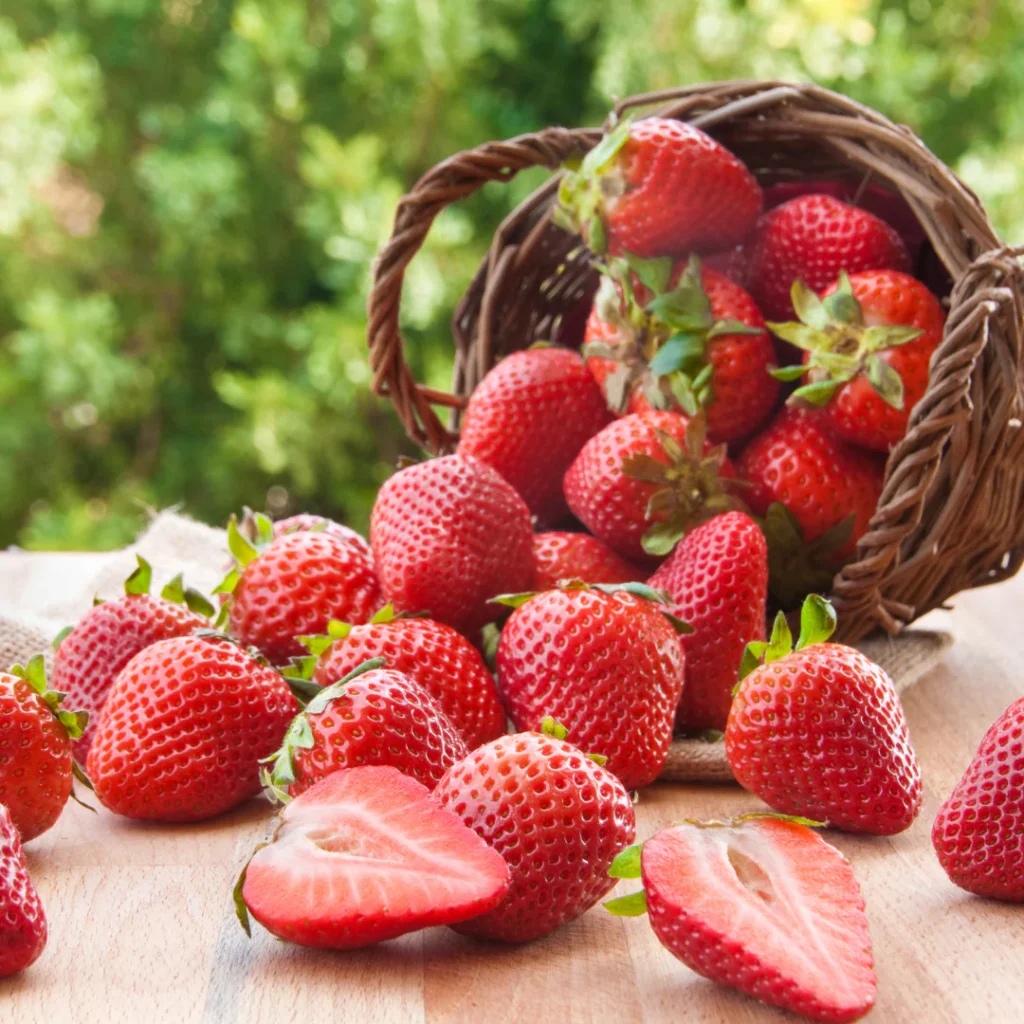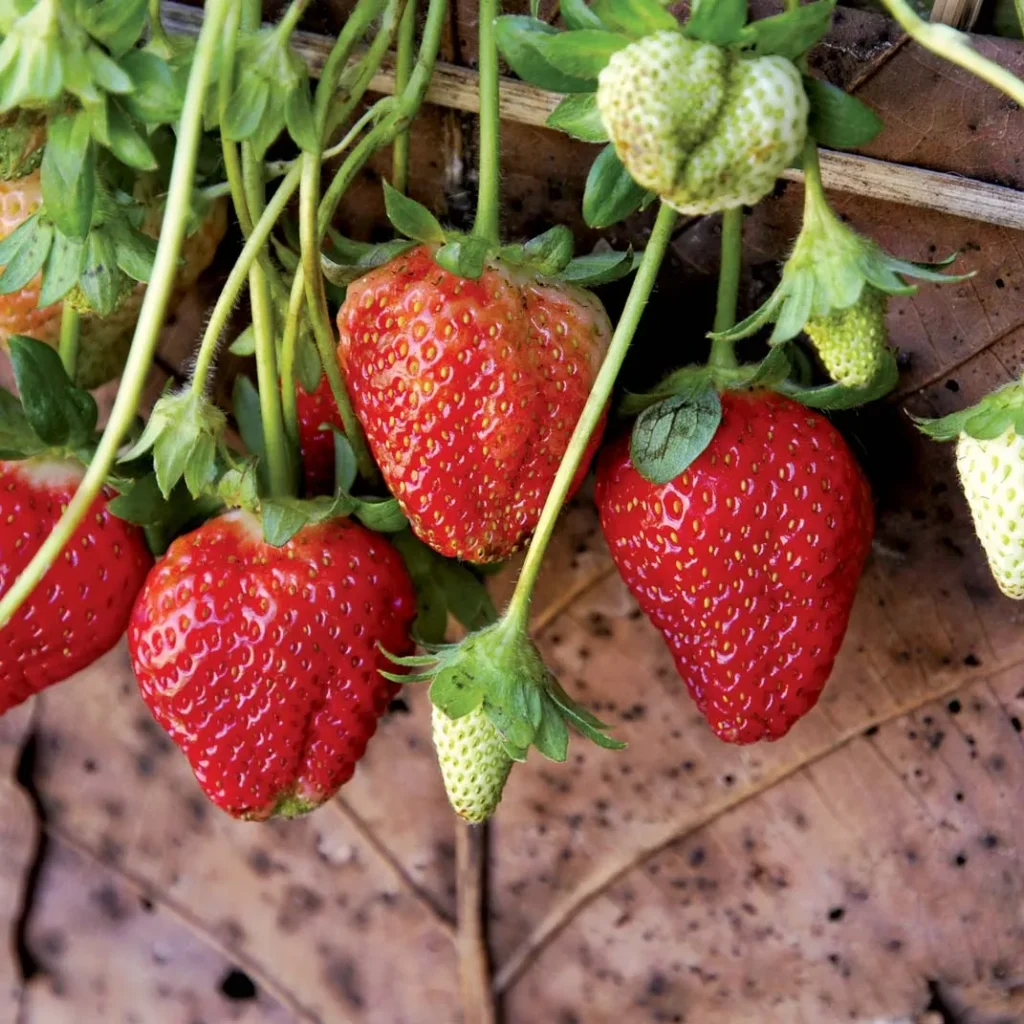Strawberries, with their bright red hue, sweet flavor, and juicy texture, are among the most popular and commercially significant fruits in the world. From breakfast tables to gourmet desserts, these berries are cherished across cultures and cuisines. Beyond their irresistible taste, strawberries are also rich in antioxidants, vitamin C, manganese, and folate—making them a beloved superfruit.
As global demand continues to rise, many countries have intensified strawberry cultivation. But this leads us to a vital question in agricultural economics and food trade: Which country is the largest strawberry producer in the world? In this article, we explore strawberry production trends, regional advantages, export dynamics, and the global leader in this vibrant industry.
Global Strawberry Production Overview

Strawberries (Fragaria × ananassa) are cultivated in temperate regions and require specific conditions for optimal growth, including well-drained soils, ample sunlight, and careful water management. Thanks to improved breeding and farming techniques, they are now grown year-round in various parts of the world.
According to data from the Food and Agriculture Organization (FAO) and United Nations Comtrade, total global strawberry production exceeds 9.2 million metric tons annually. And at the top of this list stands China, the largest strawberry producer in the world.
1. China: The Undisputed Global Leader in Strawberry Production

➤ Production Volume
China produces more than 3.5 million metric tons of strawberries annually, contributing approximately 38–40% of the global output. The country’s production far surpasses that of any other nation, thanks to expansive cultivation areas, technological advancement, and massive domestic demand.
➤ Key Producing Regions
- Shandong Province – The heart of China’s strawberry industry, known for large-scale greenhouses.
- Hebei, Liaoning, and Jiangsu – Also play key roles in year-round cultivation.
- Beijing and Shanghai – Smaller production but strong demand from urban consumers.
➤ Cultivation Techniques
China’s strawberry farms are a mix of traditional open-field systems and modern protected agriculture. The use of greenhouses, plastic tunnels, and hydroponics has revolutionized production, allowing year-round harvesting and improved fruit quality.
Varieties like Hongyan, Tianbao, and Benihoppe are popular for their sweetness, color, and shelf life.
➤ Domestic Consumption and Export Potential
Unlike some major producers, most of China’s strawberries are consumed domestically. The rising middle class and urbanization have boosted year-round demand, especially for fresh and high-quality strawberries.
China’s strawberry export volume remains modest but is growing steadily, with destinations including:
- Russia
- Southeast Asia
- United Arab Emirates
2. United States: A Long-Time Industry Giant

➤ Production Volume
The United States is the second-largest strawberry producer, generating over 1.3 million metric tons annually. The country is also a leading exporter of high-quality fresh strawberries.
➤ Top Producing States
- California – Accounts for nearly 90% of U.S. strawberry production.
- Florida – Focuses on winter production, supplying the eastern U.S. market.
- Oregon and North Carolina – Smaller-scale producers for regional markets.
➤ Innovation and Technology
U.S. strawberry farming is known for:
- High-density planting systems
- Automated drip irrigation
- Mechanized harvesting (in early stages)
- Integrated pest management (IPM)
California’s coastal climate is ideal for strawberries, providing consistent sunlight, cool nights, and fog, which improve fruit quality and reduce disease.
➤ Export and Trade
The U.S. exports fresh strawberries primarily to:
- Canada (largest importer)
- Mexico
- Japan
- Hong Kong
U.S. strawberries are also a major product in frozen and processed forms, including purees, jams, yogurts, and desserts.
3. Mexico: A Fast-Rising Power in Strawberry Exports

➤ Production and Export Growth
Mexico produces over 900,000 metric tons of strawberries each year and is a leading exporter to the United States, Canada, and Europe. It has become a year-round supplier due to staggered harvests across different climates.
➤ Key Growing Regions
- Michoacán – The leading strawberry-producing state.
- Guanajuato and Baja California – Also contribute significantly to national production.
➤ Export Strength
Mexico’s location gives it a strategic trade advantage, especially for supplying fresh strawberries to the U.S. during winter months. Over 80% of Mexican strawberry production is geared toward export markets.
Key benefits of Mexican strawberry production:
- Lower labor costs
- Favorable climate for long harvest windows
- Competitive pricing
4. Turkey: Europe’s Top Strawberry Producer

➤ Production Volume
Turkey produces around 600,000–700,000 metric tons of strawberries annually, making it the largest producer in Europe.
➤ Regions and Export Markets
- Mersin, Aydın, and Antalya are key production zones.
- Turkey exports to Germany, Russia, Romania, Ukraine, and the Middle East.
➤ Strengths
Turkey’s strawberries are well-regarded for their flavor, thanks to traditional varieties and favorable Mediterranean climates. The country exports both fresh and frozen strawberries and has strong market penetration in Eastern Europe.
5. Other Noteworthy Producers
Several other countries are steadily expanding their strawberry output:
➤ Egypt
- Leading African producer.
- Major exporter to Europe and Gulf countries.
- Focus on early-season harvest and low-cost production.
➤ Spain
- Major European exporter.
- Produces over 350,000 metric tons annually.
- Known for large-scale greenhouses in Huelva province.
➤ South Korea and Japan
- High-tech, greenhouse-driven production.
- Serve premium domestic and Asian export markets.
Why China Leads Global Strawberry Production
Several key factors explain China’s dominance:
- Massive land availability – Particularly in provinces like Shandong and Liaoning.
- Year-round cultivation – Enabled by greenhouses and controlled environments.
- Government support – Rural revitalization programs include berry cultivation.
- Rising consumer demand – Rapid urbanization and health trends have driven consumption.
- Technology and innovation – Adoption of smart farming tools and breeding programs.
Though China produces the most strawberries, countries like the U.S. and Mexico often lead in exports and high-value markets, especially for fresh and processed strawberry products.
Economic Impact of Strawberry Farming
Strawberries are among the most profitable fruits per acre. Globally, the strawberry industry contributes billions of dollars annually in:
- Farm revenues
- Export earnings
- Employment generation
- Agro-tourism (e.g., U-pick farms in the U.S. and Europe)
In countries like the U.S., Mexico, and Turkey, strawberries support entire regional economies, from cultivation to processing and retail.
Challenges Facing Global Producers
Despite growth, several challenges threaten strawberry production worldwide:
- Labor shortages – Especially in manual harvesting.
- Perishability – Strawberries have a short shelf life and require cold chain logistics.
- Climate change – Unpredictable weather affects flowering and yield.
- Pesticide and water regulation – Tighter controls on chemical use.
Producers are responding with innovations like:
- Robotic pickers
- Vertical farming
- Disease-resistant varieties
- Post-harvest preservation technologies
Health Benefits Fueling Demand
Strawberries are hailed as a nutrient-rich superfruit, providing:
- High vitamin C content
- Antioxidants (anthocyanins and ellagic acid)
- Anti-inflammatory and heart-protective properties
- Low glycemic index – Suitable for diabetics
The growing global focus on health, wellness, and plant-based diets continues to drive strawberry consumption upward.
Conclusion
To conclude, China is the largest strawberry producer in the world, with over 3.5 million metric tons of production annually. Its rapid rise in the strawberry sector is fueled by technological advancement, vast cultivation areas, and growing domestic demand.
However, the United States and Mexico remain critical to the global strawberry trade, especially in terms of export markets and high-value production. Countries like Turkey, Spain, and Egypt are also strengthening their positions as regional leaders.
As health trends, technological innovation, and consumer preferences continue to evolve, the global strawberry industry is set for even greater growth—making this fruit not just a culinary delight but a symbol of agricultural innovation and international trade success.





Leave A Comment